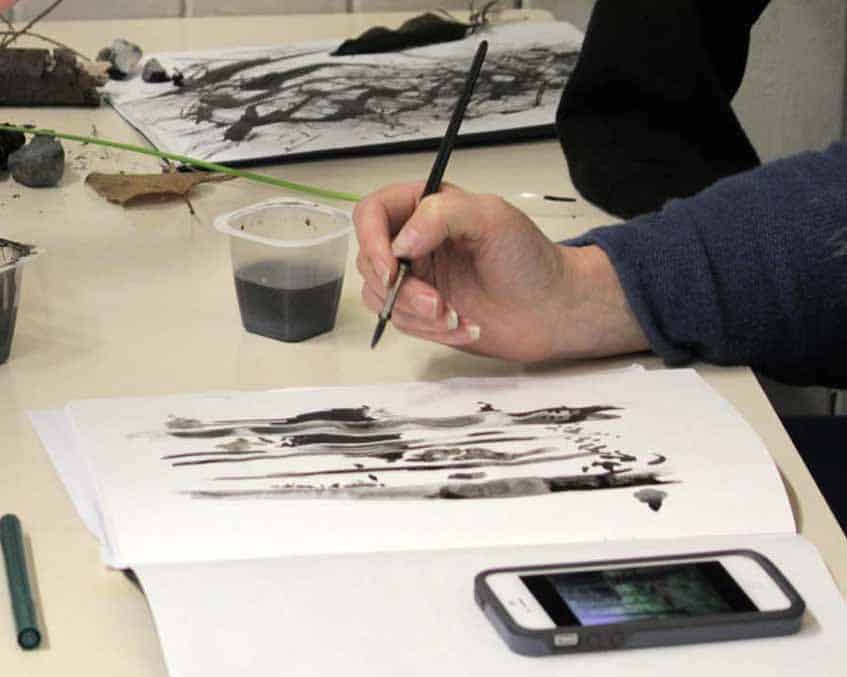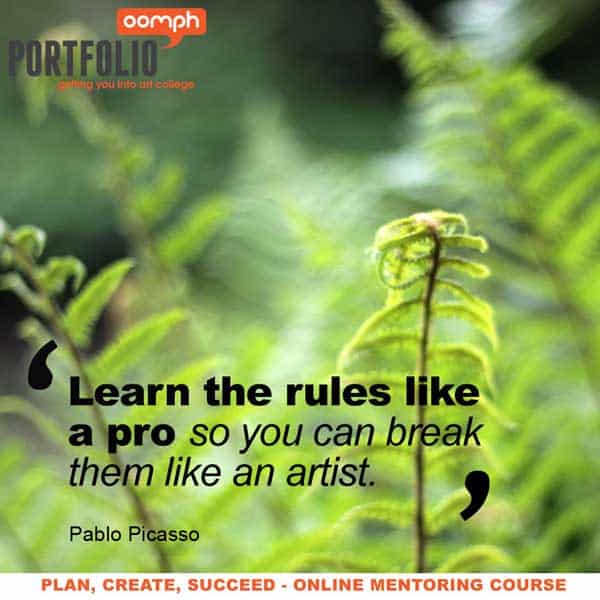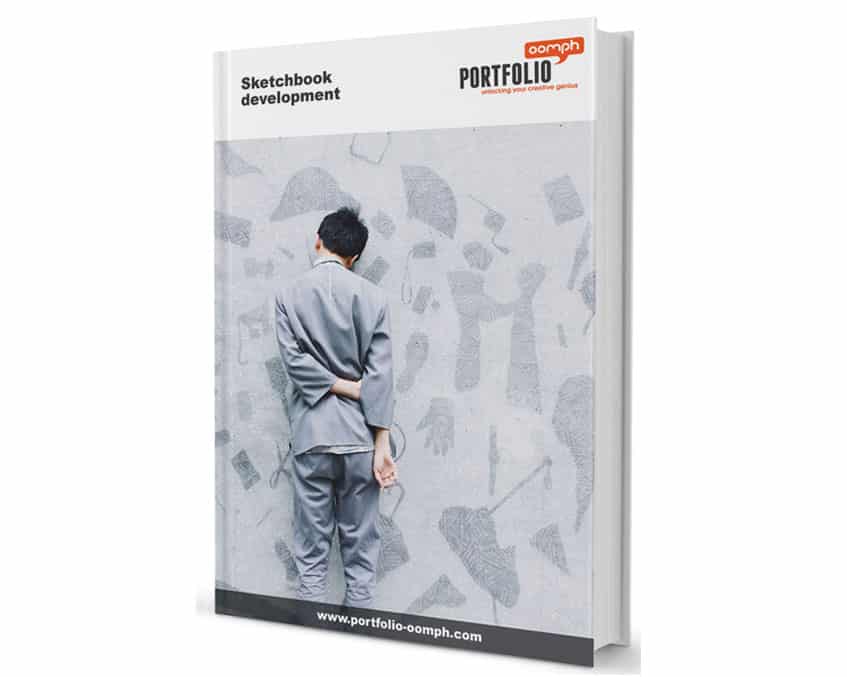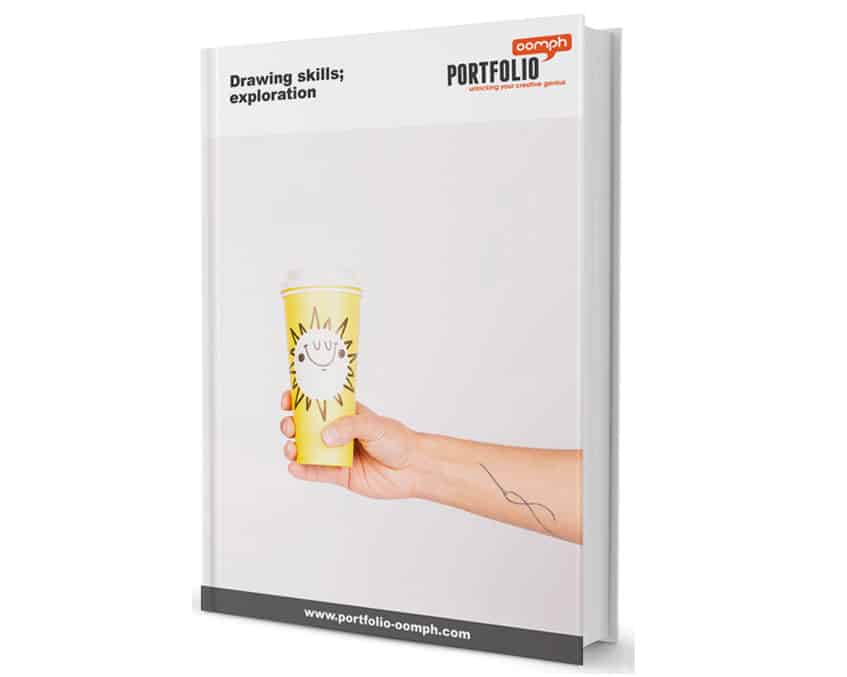
19 Jun Drawing from life or from your phone?
There are many places where you can get your ideas from and use them as the starting point for a drawing. More and more often, I am finding that students are drawing the still life that is in front of them, objects/subjects, portraits, or even landscape from their phones, ie. of a photo on their phone screen rather than directly.
This, I suppose, is the equivalent (for those who grew up without mobile phones) to drawing from photographs. When I was at College, drawing from photos was a real no-no and for me still, drawing from photos and especially mobile phone screens are just not acceptable – controversial maybe, but really not good practice.
I understand why people do it. In fact no, sometimes I don’t understand why people do it. Usually, it is because the subject or place is temporary. A still life that cannot be kept in situ permanently until the student has drawn it. Or it’s a person who is not always available for a pose. I understand this, it’s not ideal but it’s a solution.
However, last week I had a situation where the focus of the workshop was to be in nature, drawing from nature. We had discussed the benefits of drawing in nature. These being having to work at a different speed due to being cold or uncomfortable; having to ‘make do’ with a smaller range of materials that are more practical for outdoor use. Maybe the wind and elements have an effect on your drawing, it rains, perhaps making the page wet, inks run or the page flips over, therefore smudging your drawing. Any of these factors that have an effect on your drawing are beneficial, as they produce constraints that you wouldn’t normally impose on yourself.
Some of my best work as a student was done in the depths of the woods where I just HAD to get the drawing done before I got too cold or it got too dark. The mark-making becomes much more lively and energetic, the editing of the information is more crucial – you just get down what is needed to create a sense of the place/object, not the details.
We replicate these constraints in many of our drawing exercises, forcing you to work faster and less controlled to get the best work from you. Find out more about my Portfolio preparation course.
So having spoken at this workshop last week about all these benefits to working IN the landscape, how is it that we had over half the group then sitting at the tables inside, either working from their phones of landscape images and one working from a photo of 2 people!!!?
It wasn’t raining and it wasn’t cold. Are people SO attached to their phones that they can’t do anything without them?
You might be wondering what the big deal is and why it’s a big no-no to work from a photo? Apart from what we have mentioned above, there are other reasons, there is the size of the screen – HOW SMALL?! How on earth can you see anything? Is it just laziness?
Also, consider this. Our eyes work in tandem, in stereo, rather than mono. A camera is working in mono. Therefore your drawings from photos will look very flat, your drawings from life will have more depth. So why not challenge yourself to see like this – draw with one eye covered and work from life. Then draw the same set up, from life, with both eyes open.
I’d be keen to see your drawings if you can do this – do post them below in the comments!
It is easier to work from a photo of something because the phone/camera has already made your subject 2 dimensional, not 3 dimensional therefore you lose any sense of space, perspective, and form. In this sense your phone has already distorted the objects that you are viewing – you’re not drawing what you actually see in front of you, you are drawing how the phone interprets the information, pixel by pixel. When you draw straight from the object, you see the form, you get a sense of the light in and around the objects, the colors are as YOU see them, not as your phone sees them.
There are times when a photograph can be useful – as a reminder, to get detailed aspects right. But generally, I don’t advocate the use of photos and especially not the camera phone. I’d be interested to hear anyone else’s point of view here.
As a final note, I would make an exception to this rule if you are studying a project where the aim is to explore drawing from photos/phones. This could be quite an interesting study depending on how it is done….now there’s a project for you! After all, rules are there to be broken says Picasso “Learn the rules like a pro, so you can break them like an artist”.





1 Comment